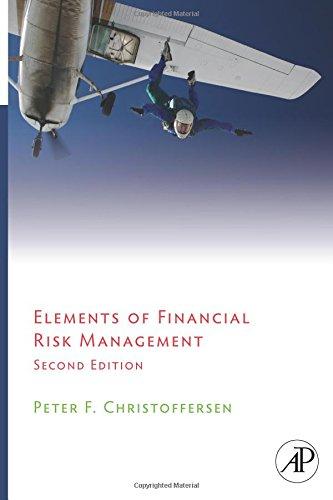Question
Minerva Inc. wants to estimate the present value of a project. All production and sales take place one year from now, and there is no
Minerva Inc. wants to estimate the present value of a project. All production and sales take place one year from now, and there is no option to shut down production. The project will produce 50 (million) widgets in all states of the world. The price of a widget next year will depend upon demand conditions. If demand is high, each widget will sell for $200. If demand is low, each widget will sell for $100. There are two inputs into the production process: labor and oil. Labor costs at time 1 are equal to $20 per widget. The folks over in production indicate that each widget produced requires one barrel of oil at time 1. The folks over in marketing and sales indicate that the performance of the stock market is a perfect predictor of demand for widgets, i.e., the demand for widgets is high when the market return is high. You have been asked to value the project.
1) What is the most you would be willing to pay for the rights to the project? The following pieces of information may be useful to you. There are no taxes. The spot price of oil one year from now will be either $50 or $40 depending on condition of world oil markets. The forward price for barrel of oil, deliverable one year from now, is $45. One unit of the (market) S&P 500 index can be purchased for $1,000 today. The S&P will be worth either $1500 or $900 next year. The risk-free rate is 5%. The historical average return on the market portfolio is 12%.
2. You own 100 employee stock options that still have 5 years left to maturity and have a strike price of K = $60. The current market price of your firms stock is S = $50. Your firm has the annual stock return volatility of = 50%, pays no dividends, and the current risk free rate is 3%.
(a) Suppose your firm is acquired by the bidder at the current market price of $50, and the deal is that all employee stock options are cashed out, which means you will receive S K for each option if S > K and you will receive 0 otherwise (i.e., if your options are out-of-the-money). Use the Black-Scholes formula to calculate how much value you will lose ($) if the acquisition takes place relative to what you had prior to the acquisition.
(b) Now suppose that the acquirer pays a premium of 25% over the current market price, that is the offer price is Snew = $50 * 1.25. Suppose employee stock options are still cashed out, so that you will receive Snew K for each option if Snew > K and you will receive 0 otherwise. Use the Black-Scholes formula to calculate how much value you will lose or gain ($) if the acquisition takes place relative to what you had prior to the acquisition.
Step by Step Solution
There are 3 Steps involved in it
Step: 1

Get Instant Access to Expert-Tailored Solutions
See step-by-step solutions with expert insights and AI powered tools for academic success
Step: 2

Step: 3

Ace Your Homework with AI
Get the answers you need in no time with our AI-driven, step-by-step assistance
Get Started


